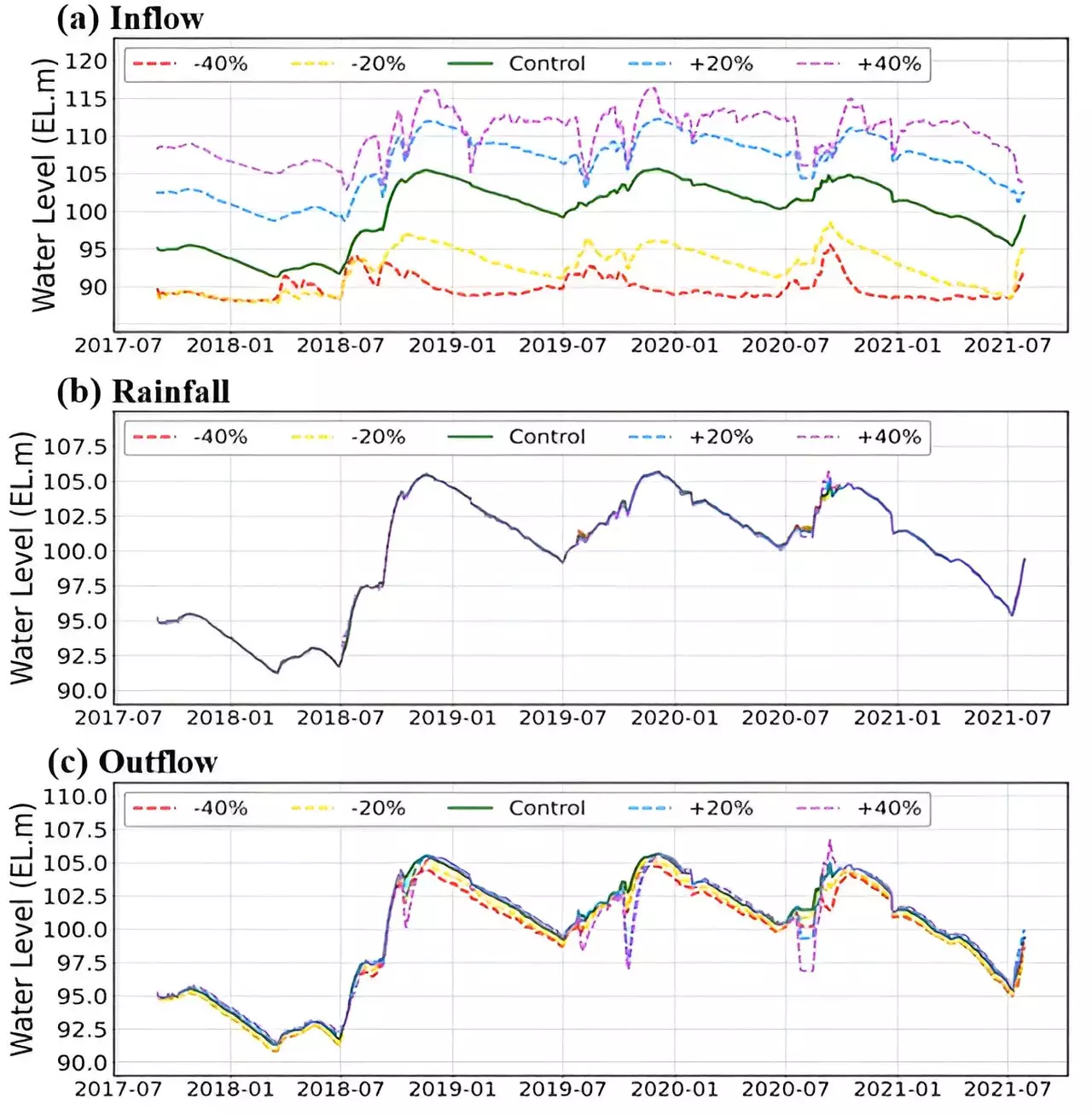In August 2020, a dam near the Seomjin River in Korea suffered extensive damages exceeding 100 billion won (USD 76 million) due to overflow during a water release. This incident, caused by maintaining the dam’s water level higher than the norm, raises questions about the effectiveness of current dam management practices. Could this disaster have been prevented with predictive dam management? A research team from Pohang University of Science and Technology (POSTECH) has recently explored the potential of artificial intelligence (AI) to predict dam operations accurately and mitigate such incidents.
Korea heavily relies on dams and associated infrastructure for water management, especially during the summer when precipitation peaks. However, the increasing global climate crisis has introduced unpredictable weather patterns, including typhoons and droughts, making dam operations more complex. To address these challenges, the research team aimed to surpass conventional physical models by utilizing AI trained on extensive big data.
The team focused on developing an AI model that not only predicts the operational patterns of dams but also understands the decision-making processes behind those predictions. The study specifically targeted the Seomjin River Dam, Juam Dam, and Juam Control Dam within the Seomjin River basin. By employing the Gated Recurrent Unit (GRU) model, a deep learning algorithm, the team trained it using data from dams along the Seomjin River spanning from 2002 to 2021. Inputs included precipitation, inflow, and outflow data, while the output was the hourly dam levels.
The analysis demonstrated remarkable accuracy, with the AI model boasting an efficiency index exceeding 0.9. This outcome indicates that the model’s predictions align closely with the actual dam water levels. The team’s use of the GRU model enabled them to capture the intricate operational nuances of each dam, making it a powerful tool for evaluating the effectiveness of dam operations.
To further understand the AI model’s behavior, the team conducted experiments by manipulating input variables. They altered each input variable by -40%, -20%, +20%, and +40%, to observe the model’s response to these changes. The findings revealed that variations in inflow had a significant impact on the dam’s water levels, while changes in precipitation had a negligible effect. Additionally, altering the outflow resulted in different water levels at the distinct dams, indicating that the AI model successfully learned the unique operational nuances of each dam.
Implications and Future Directions
The research conducted by Professor Jonghun Kam and Eunmi Lee highlights the potential of AI in predictive dam management. By accurately predicting dam operations and understanding the decision-making processes, authorities can take proactive measures to prevent disasters caused by poor water level management. The AI model developed in this study provides valuable insights for optimizing dam operations, enhancing water management strategies, and minimizing damages.
The integration of AI in dam management offers a promising solution to the challenges posed by the changing climate. The use of advanced deep learning algorithms, such as the GRU model, enables accurate forecasting of dam water levels, providing decision-makers with crucial information to optimize water management practices. With further development and implementation, predictive dam management powered by AI could revolutionize the way we safeguard our water resources and protect communities from the devastating impacts of dam failures.


Leave a Reply